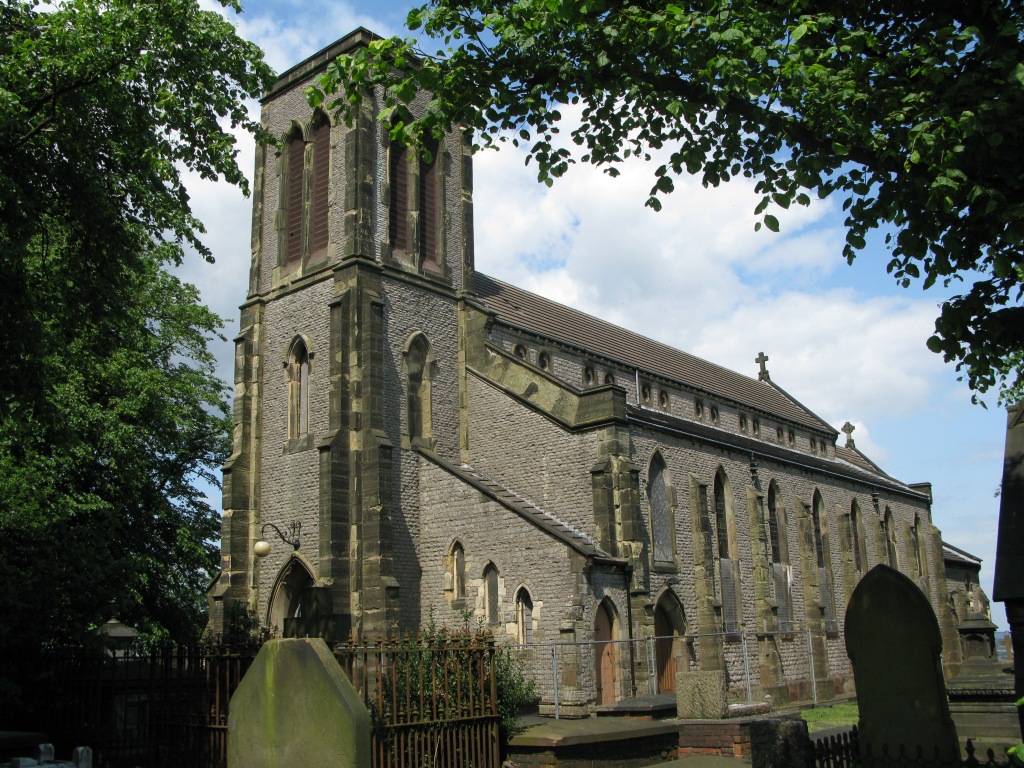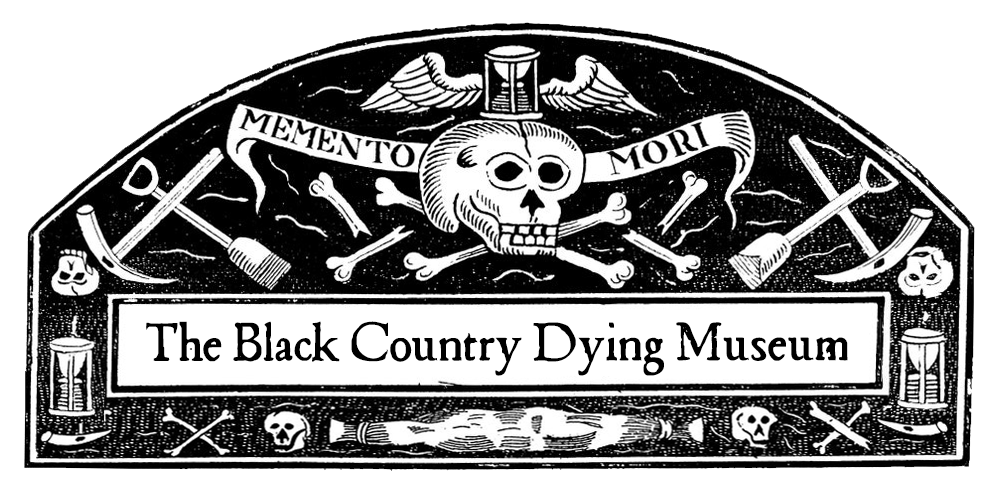One of the better known historical figures from the Black Country is Tipton-born William Perry, more widely known as the ‘Tipton Slasher’ and boxing champion of England from 1850 to 1857. His boxing exploits and successes need not be revisited – his story has been told many times on-line with many extracts from contemporary accounts of his epic fights such as his epic 133-round victory against West Bromwich – born Tass Parker.
William Perry is best remembered by the bronze statue designed by Bill Haynes and erected in 1993 in Coronation Gardens, Tipton, just over the road from the Fountain Inn, which was his local. It prides itself as his ‘headquarters’ from the start of his boxing career in the 1830s until his acquisition of his own pub, The Champion of England, on Spon Lane in West Bromwich. William purchased the pub with the prize money he earned from his defeat of Tom Piddock in 1850, the fight which won him the championship of England, although not the champion’s belt, which the retired champion William ‘Bendigo’ Thompson refused to surrender. He also refused to fight William Perry, who was eight years his junior.

The actual site of the Champion of England is unknown. It is probable that William Perry bought an existing pub and renamed it. Its widely held that after he lost it (he used it to make up part of his stake and the prize fund for his unsuccessful defence of his title against Tom Sayers in 1857) It reverted to its original name and was subsequently demolished to allow for an extension to Chance’s Glass Works.
William Perry died in 1880 and is buried in the churchyard of the now redundant St John the Evangelist church in Kates Hill Dudley, quite a few miles from Tipton and his final home in Bilston. But this was where his wife, Ann Maria Challingworth, whom he had married in 1851, had been buried. He was buried in the same grave.

Neither William Perry nor his wife (whose family came from the area) had a permanent memorial. The current gravestone was paid for by public subscription after an appeal by the then vicar of St John’s, Rev’ d D.H.S. Mould, in 1925. It is perhaps unfortunate that the tombstone fails to acknowledge that the grave it marks is also the resting place of William Perry’s wife, who pre-deceased him.
Its unlikely that this omission is going to be corrected anytime soon. St John’s Church is looked after by a small volunteer group of local people who have fought (and are likely to have to fight again) to prevent this lovely old church from being demolished. They’ve got their work cut out trying to raise funds to repair the roof which obviously is a bit more of a priority. If you are passing or want to pay your respects to William Perry, do give them a look-in. They run a fundraising stall inside the church every Friday morning.


Leave a comment